Compare and contrast these two good books published by Verso in London and New York.
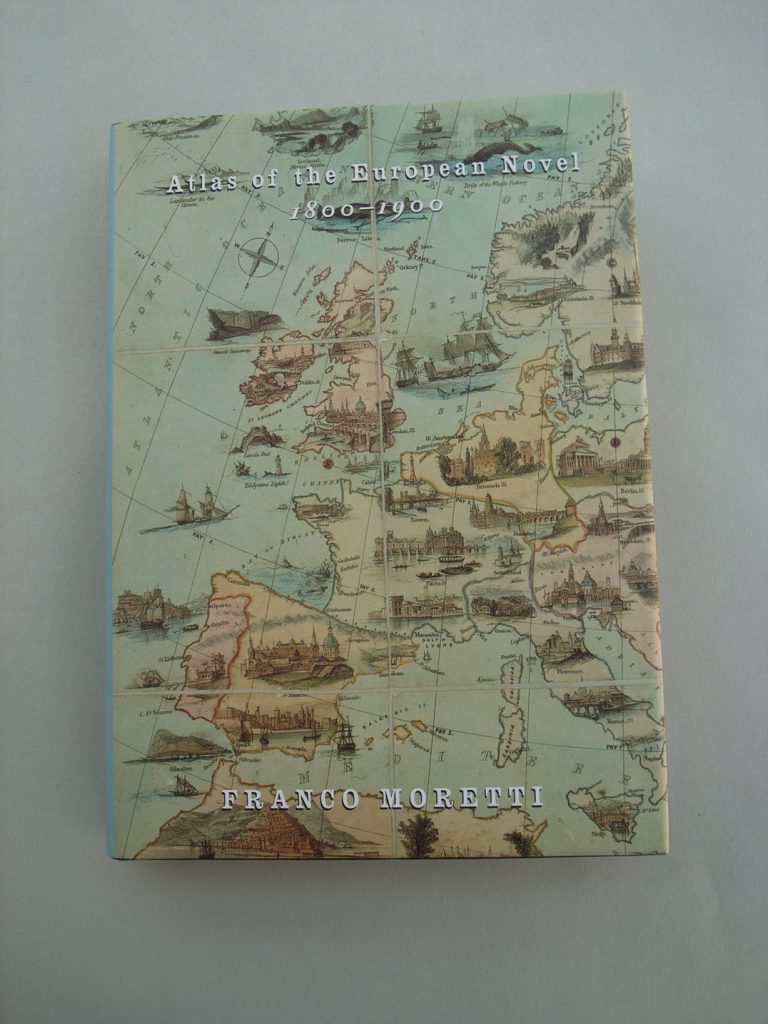
Franco Moretti, Atlas of the European novel, 1800–1900 (1998, 210 pages, £16 / US$25)
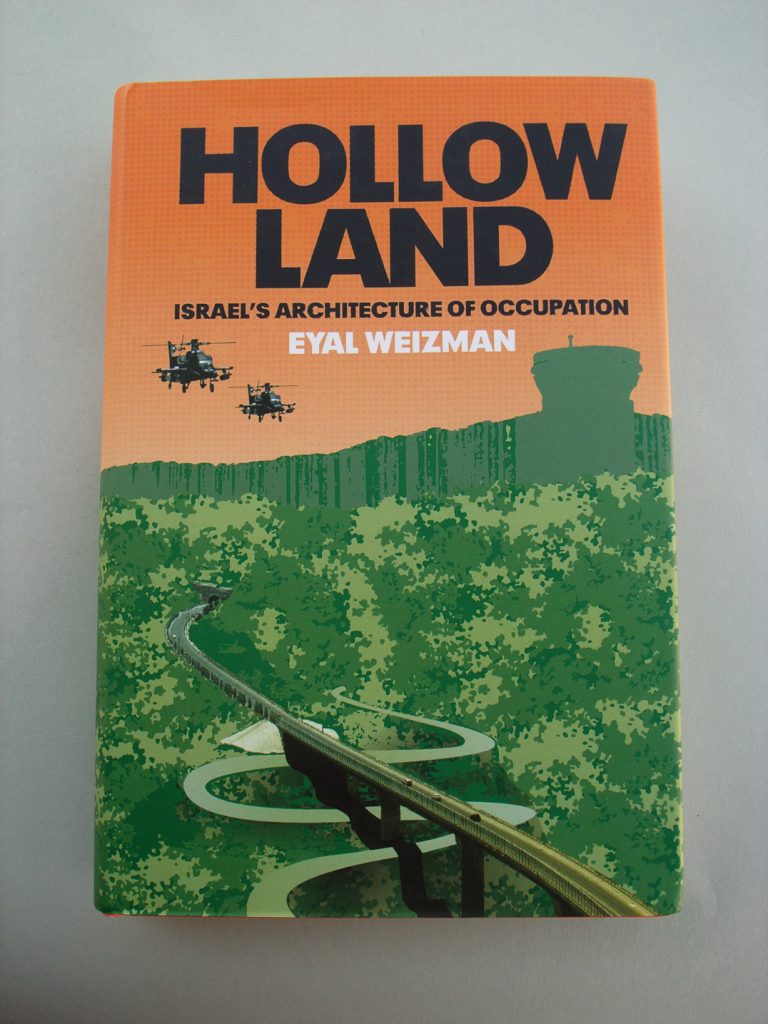
Eyal Weizman, Hollow land: Israel’s architecture of occupation (2007, 326 pages, £19.99 / US$34.95)
Both are valuable and original contributions, based on deep research, and making this learning available to the ordinary reader, through good writing and intelligent pictures (in the case of Weizman: sometimes extraordinary pictures). Both are written in fine disregard for the narrow boundaries of their specialisms: architecture and literary criticism/history.
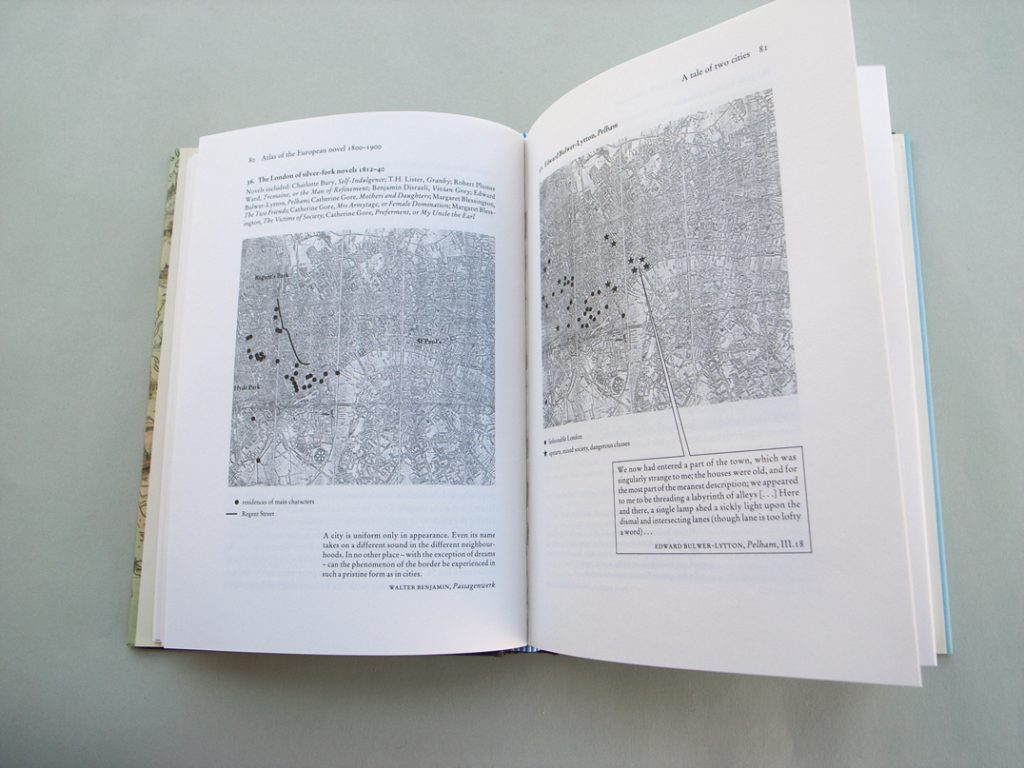
Moretti’s Atlas.
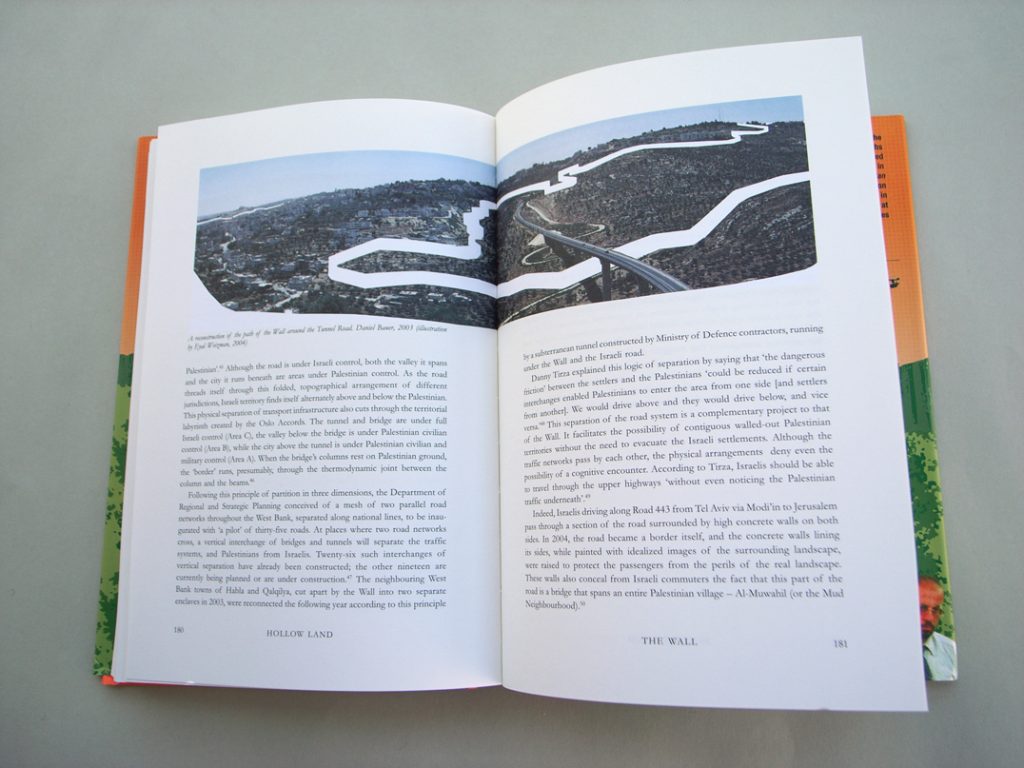
Weizman’s Hollow land.
Now here is the difference.
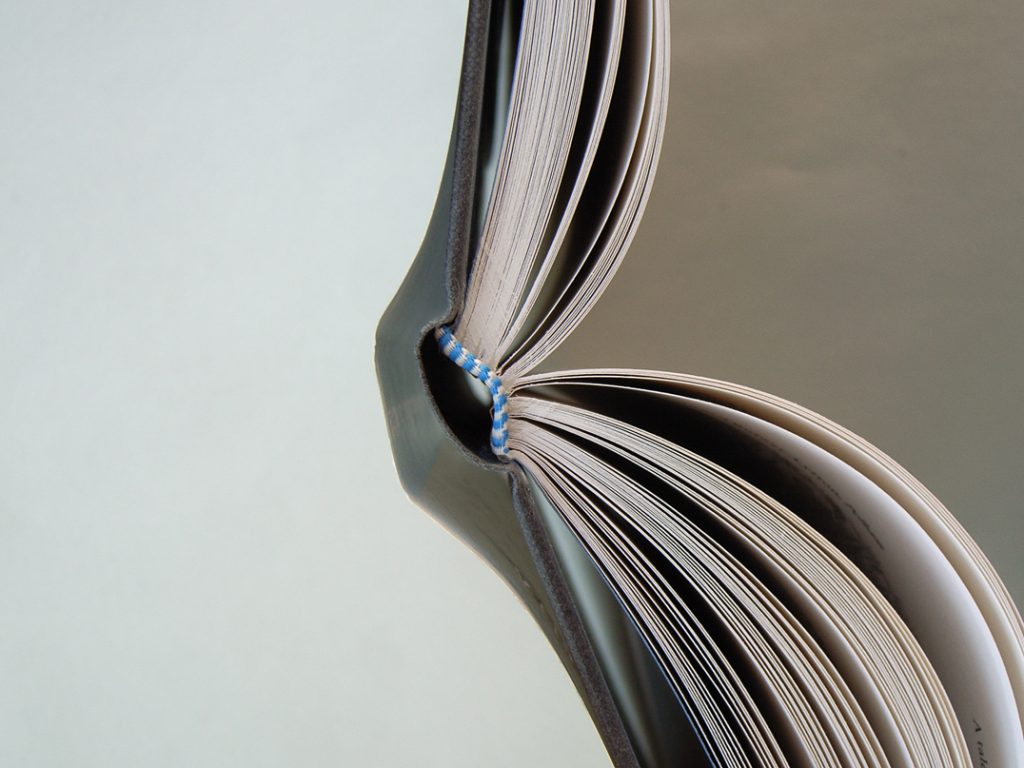
Moretti’s Atlas was printed and bound in the UK by Biddles. Biddles is quite a good name in UK book production, and this example of their work isn’t awful – though the grain of the paper runs at right angles to the spine. Yet, the binding is of the slot perforated kind: strong enough, but inelegant. The botching – that is what this kind of binding is, by definition – is partially hidden by head- and tailband.
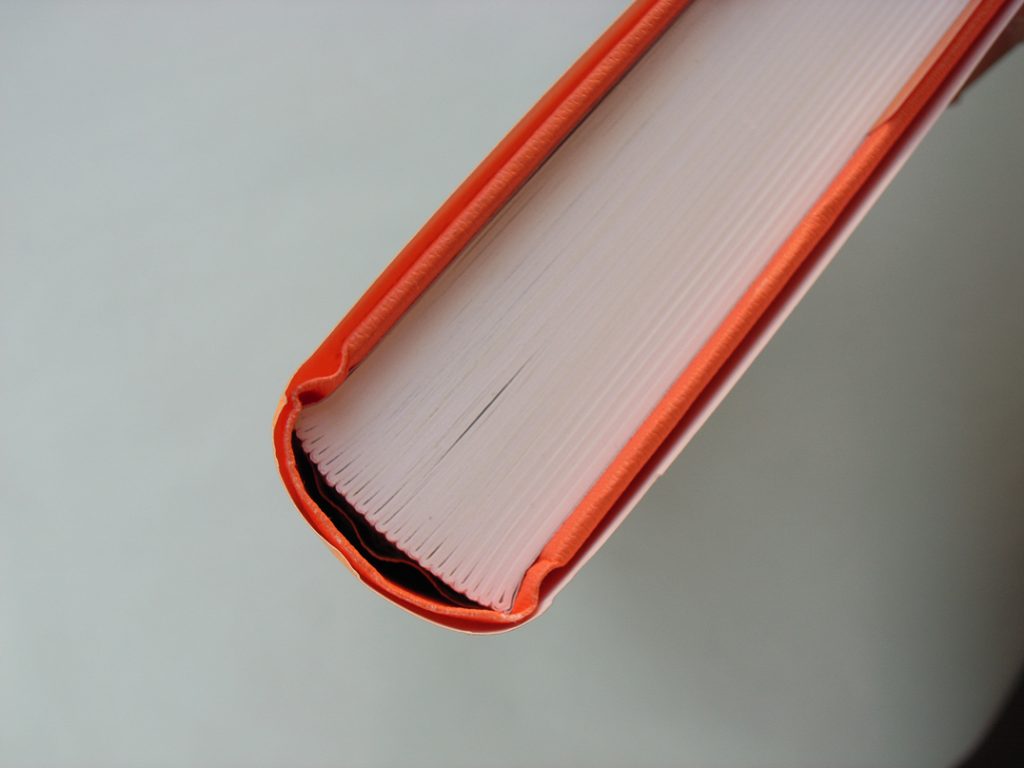
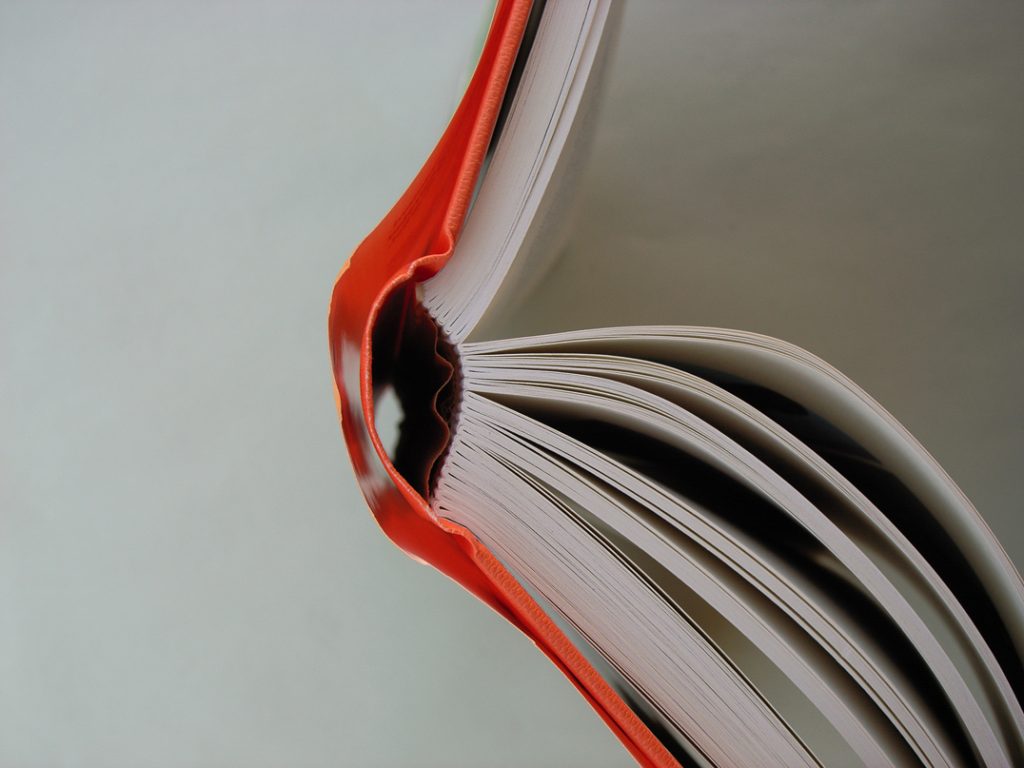
Weizman’s Hollow land is made of sewn sections, held by thread, paper and the thinnest layer of cold glue. This structure is left visible to inspection from the top: no bands are wanted. The book opens perfectly. And where was this book made? In Singapore, by the Tien Wah Press.
So, these days a publisher can get a botched job (though those concerned wouldn’t recognize it as such) from a company up the road. Or, for about the same price, one can get a more or less perfect job from a company on the other side of the world. But with fuel prices rising, and shipping beginning to be seen as one of the culprits of the climate catastrophe, then this economic advantage cannot last.
Robin Kinross